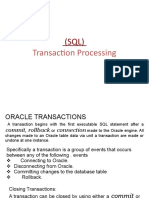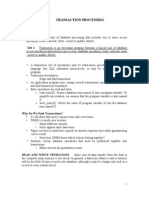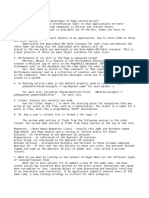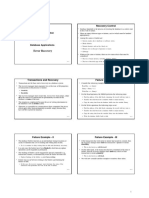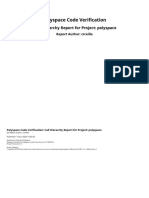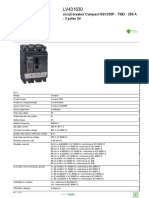0% found this document useful (0 votes)
76 views2 pagesCommit With Error Handling
The document outlines the differences between Obj-Save-Cancel and Rollback methods in Pega, highlighting that Obj-Save-Cancel only cancels the most recent uncommitted save operation, while Rollback cancels all uncommitted changes in the current transaction. It also explains the commitWithErrorHandling method, detailing its error detection and rollback processes in case of failures such as lock lost errors or database unavailability. Overall, it emphasizes the importance of maintaining data integrity during transaction management.
Uploaded by
priyam mukherjeeCopyright
© © All Rights Reserved
We take content rights seriously. If you suspect this is your content, claim it here.
Available Formats
Download as PDF, TXT or read online on Scribd
0% found this document useful (0 votes)
76 views2 pagesCommit With Error Handling
The document outlines the differences between Obj-Save-Cancel and Rollback methods in Pega, highlighting that Obj-Save-Cancel only cancels the most recent uncommitted save operation, while Rollback cancels all uncommitted changes in the current transaction. It also explains the commitWithErrorHandling method, detailing its error detection and rollback processes in case of failures such as lock lost errors or database unavailability. Overall, it emphasizes the importance of maintaining data integrity during transaction management.
Uploaded by
priyam mukherjeeCopyright
© © All Rights Reserved
We take content rights seriously. If you suspect this is your content, claim it here.
Available Formats
Download as PDF, TXT or read online on Scribd
/ 2







